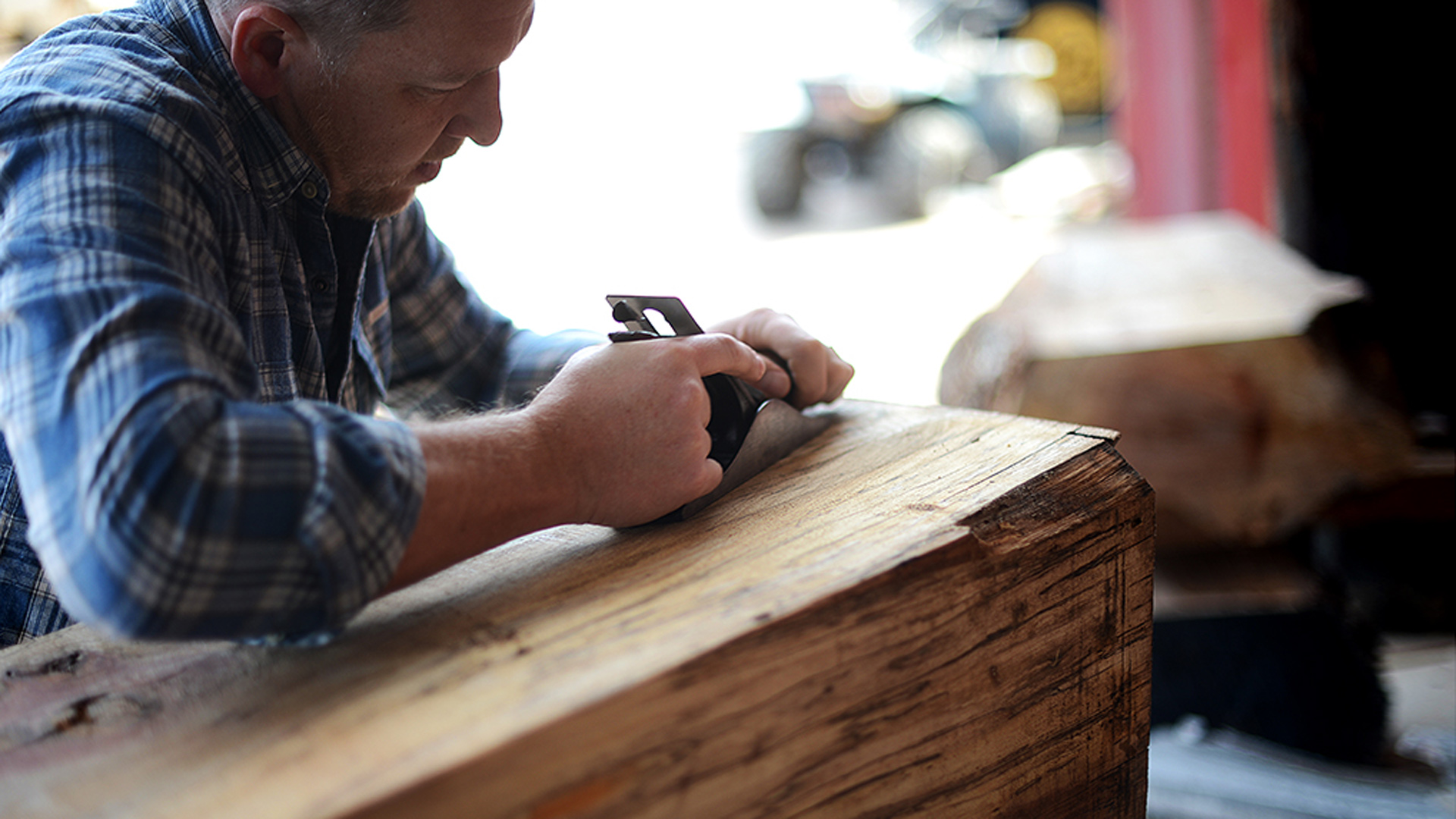
The Science of Awe and Why It Matters at Work
By Jenara Nerenberg
Awe has been getting increased press lately. Along with mindfulness and compassion, awe is now the subject of scientific research at the University of California, Berkeley, and other leading institutions around the world. Dacher Keltner, a psychologist at UC Berkeley, has shown that awe leads to greater humility, curiosity, innovation, happiness, and a desire to contribute to the world. Which makes it a pretty natural fit for the workplace—who doesn’t want employees and managers running the show with greater innovation and better working relationships?
Awe is often described as a heightened awareness of beauty and mystery, and it’s most commonly induced when we are among natural wonders or with inspiring leaders. Most of the research on awe has focused on taking people out into nature and documenting the consequent reduction of their stress levels and increase in creativity. But what about the awe we feel when in the presence of an incredibly designed building or museum or cathedral? Why aren’t we trying to transfer that experience to our work lives? Design has a role to play in this, and IDEO design director, Ingrid Fetell Lee, is currently working on a related topic for her upcoming book, The Aesthetics of Joy.
“My real focus is emotion,” says Lee. “I’ve been researching design and joy, and I look at the way the built environment affects our well-being.”
Lee says that from a practical perspective, when thinking about cultivating more awe at work, aspects such as light, colors, and textures need to be taken into consideration. “High ceilings, vertical dimensions, big spaces—these all create a shift in perspective,” says Lee. “You understand your own scale in a different way. For awe, vastness is key.”
In most office buildings, the most awe-inspiring space is the lobby, devoted to visitors and those in transit—which is short-sighted. The people who would benefit most from awe—and cause the company to benefit too—are the very people who work there.
For today’s modern work cultures, where temperament awareness is on the rise and where creativity and innovation are often highly valued, Lee says that “having a space for awe to break you out of your execution-oriented mindset could be an asset.” Since we have moved beyond a factory mindset when it comes to work, designers are no longer confined to thinking about maximum productivity. Their thinking can now also include ways to arrive at creative insights—this is where awe can play a role.
“Awe is good for perspective-shifting,” says Lee.
Keltner says that “relying upon aesthetic principles is going to make people more curious and better at scientific reasoning.” “Awe triggers a sense of wonder,” he adds.
The challenge, says Keltner, is how to build mini “awe interventions” throughout the day in order to sustain the shift in perspective. He and his colleagues at the Greater Good Science Center will soon begin researching whether awe walks benefit the brains of older people. Awe walks also could benefit CEOs, executives, and employees across the board, especially if the workplace setting is not conducive to awe. Indeed, integrating nature into building design has started to take hold, especially with Silicon Valley’s popular vertical gardens, known as “living walls.”
Other potential awe interventions include:
- Awe journaling while at work—a 5-minute break during lunch to meditate on what’s just outside your window or across your building. This exercise could be related to nature or people. It’s a way to document shifts in perspective and feel awe more often in daily life.
- Sharing awe experiences in group settings, which Keltner has tried with great success. Get a few co-workers together during lunch or after work to share their experiences of awe. This could be made more relevant or workplace appropriate if the focus is on inspiring leaders who have induced awe amongst the group.
- Reading about awe-filled experiences as a way to vicariously experience awe. Set two daily reminders to browse stories of awe online to get a quick dose while at work. Sidetracked Magazine is a good place to start.
- Taking a more visual route to the emotion of awe. While on break or on the subway, take time to check out awe-inducing videos on your phone. Jason Silva’s Shots of Awe is a great place to start.
For Keltner, nature is key, and it’s where most of his research has taken place. Climbing and backpacking have helped with his own anxiety.
For me, my daily walks in nature or right in my own neighborhood are sources of awe. Observing the flowers, trees, clouds, and bicyclists puts me in a state of calm reflection, and I notice more of the perspective-shifting characteristics and occurrences all around me. I find the same with travel. Being on a long flight or exploring somewhere new puts me in “observer mode,” and I find I’m more receptive to the awe that presents itself everywhere.
When I feel the need for a heightened level of inspiration—another kind of awe—I usually dive into my curiosity of the moment by learning everything I can. That usually means reading up on the latest science, psychology, and neurodiversity research.
Readers, what’s your go-to source of awe?









